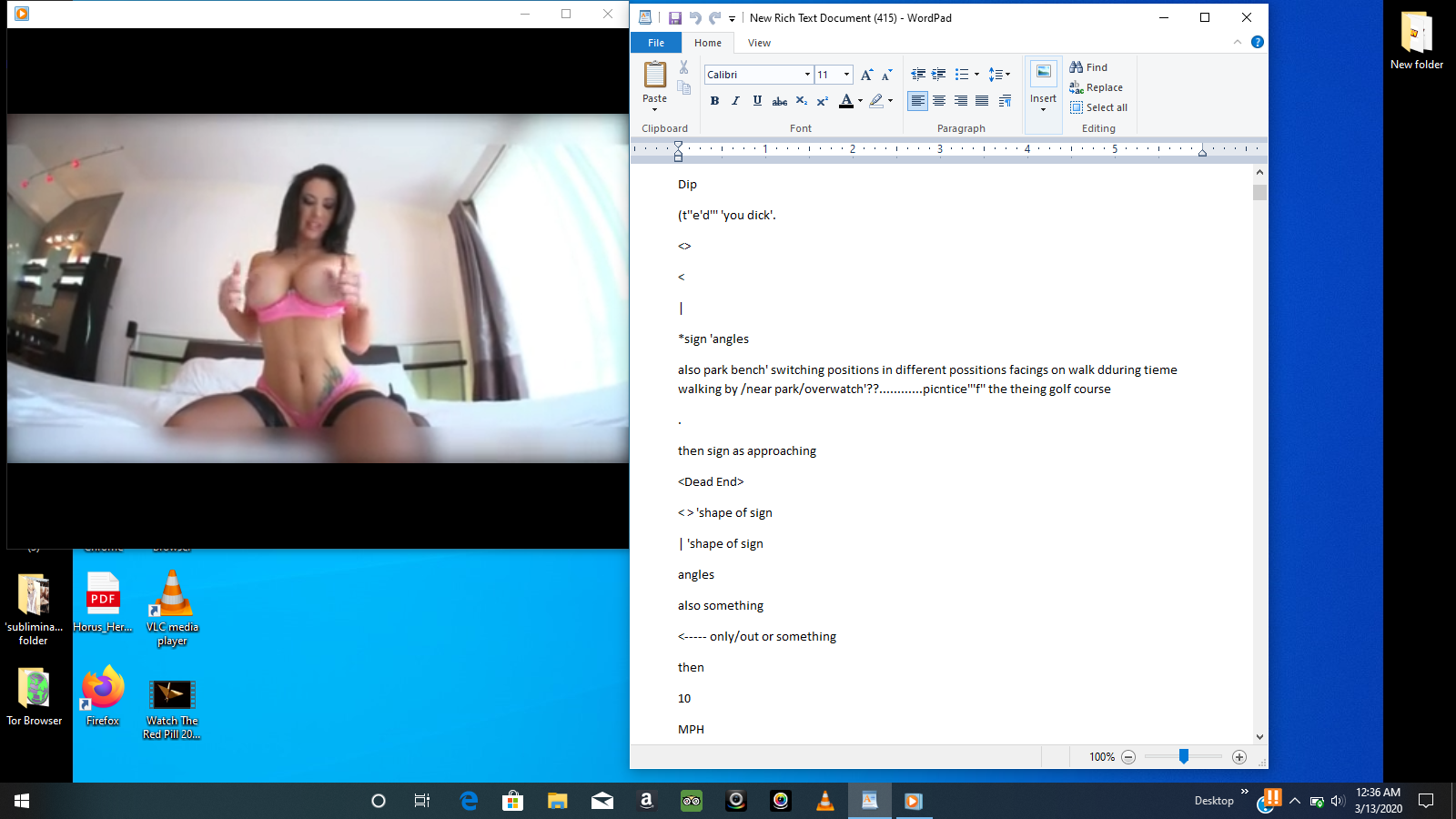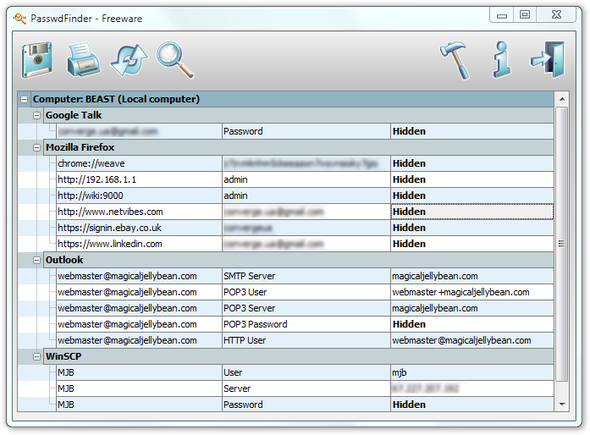Firefox normally uses your operating system's default mail program to send an email message. This article explains how you can change the program that is launched when you click on:
- The Email Link… menu item in the Firefox Page actions (3-dot) menu.
Mar 14, 2017 Thunderbird online is an extension that provides a full-featured email client, RSS and newsgroup client. It supports different mail accounts (POP, IMAP, Gmail). It has an email account setup wizard, an address book, a user interface with tabs, an integrated spam filter, advanced search, indexing capabilities, and provides an email organization. Oct 09, 2020 Thunderbird includes tabbed e-mail, new search tools and indexing, smart folders, support for Firefox's Personas, a simplified setup wizard, and robust junk protections that include phishing. Thunderbird online is an extension that provides a full-featured email client, RSS and newsgroup client. It supports different mail accounts (POP, IMAP, Gmail). It has an email account setup wizard, an address book, a user interface with tabs, an integrated spam filter, advanced search, indexing capabilities, and provides an email organization. Firefox Lockwise. Take the passwords you've saved in Firefox with you everywhere. Download for iOS; Download for Android; Support; Firefox Monitor. See if your personal info has been leaked online, and sign up for future breach alerts.
- The Firefox button or menu item (if you customized Firefox controls, buttons and toolbars).
- The Email Image… (right-click) context menu item for an image on a web page.
- A 'mailto' or email link on a web page (such as email@example.com).
Table of Contents
- 2Setting your operating system's default mail program
- Click the menu button and select ..
- Select the Applications panel.In the General panel, go to the Applications section.
- Search for the Content Type mailto and select it.
- Click on the Action column in the mailto row to change the action.
- Always ask will prompt you each time you use a mail function for which program or service to use.
- Use (default) will automatically launch your operating system's email program (for example, Thunderbird, Outlook, Windows Live Mail Windows Mail Mail Evolution, KMail) to its message composition window. For instructions on how to change your operating system's default e-mail program, see the next section of this article.
- Use will open your webmail service's (e.g., Yahoo! Mail, Gmail) message composition page inside Firefox. For more information about using webmail services, see the Using webmail services section of this article.
- Use other.. will let you specify an external program for Firefox to launch.
- Application Details.. will let you view information about or remove the webmail services that Firefox can use.
- Close the about:preferences page. Any changes you've made will automatically be saved.
By default, Firefox will use your system's default mail client to send email for the actions listed above. For Thunderbird, see the Make Thunderbird the Default Mail Client article for steps you can take to make it the default mail program. Check the online or in-product documentation for other mail programs.
In general, you can change the default mail program by following these instructions:
Firefox Mail Client
- Open the PC Settings application (press and release the Windows Start button, then click the gear icon).
- Select Search and apps from the sidebar.
- Select Defaults from the sidebar.
- Click the icon under the heading Email to show your choices.
- Select the email program you want to use.
- Click the Windows Start button, then click Settings.
- Click the Apps icon, then click Default Apps in the list.
- Click the icon under the heading Email to show your choices.
- Select the email program you want to use.
- Click the Windows Start button, then click the Default Programs item.
- Click on Set your default programs.
- Under Programs, click the email program you'd like to use (e.g., Thunderbird, Windows Live Mail, Outlook).
- Click Set this program as default.
- Click at the bottom of the window.
- Click the Windows Start button, then click on the Control Panel icon to open the Windows Control Panel.
- Click the Add or Remove Programs icon to open the Add or Remove Programs applet.
- On the left side of the Window click the Set Program Access and Defaults icon.
- In the Access and Defaults window, click on the Custom radio button to expand the Custom category.
- Underneath Choose a default e-mail program, click the radio button next to the program you want to use (e.g., Thunderbird, Windows Live Mail, Outlook).
- Click at the bottom of the window.
- Open the Mail application from the Applications folder.
- Click on the Mail menu and select Preferences.
- Click button.
- Select a new default mail program (e.g., Thunderbird, Outlook).
Mozilla Firefox Mail Client

Gnome
Planner 5d 4 2 30 minutes. Distributions that use the Gnome Desktop Environment by default include Ubuntu, openSUSE, Fedora, Red Hat Enterprise Linux, and more.
- Open the Default Applications (formerly: Preferred Applications) window. The Default (Preferred) Applications window can be opened by:
- (Ubuntu) Clicking on the System menu, selecting Preferences, and then selecting Default Applications.
- As of 2018, in openSUSE (GNOME 3.28) it's under System menu > Settings > Details > Default Applications.
- Clicking on the Applications menu, selecting Desktop Preferences, then selecting Advanced, and then selecting Default Applications.
- (Ubuntu) Clicking on the System menu, selecting Preferences, and then selecting Default Applications.
- Underneath Mail Reader, use the dropdown menu to select a mail application (e.g. Thunderbird, Evolution).
- Click to close the Default Applications window.
KDE
Distributions that use the K Desktop Environment by default include Kubuntu, Mandriva Linux, PCLinuxOS, and more.

Gnome
Planner 5d 4 2 30 minutes. Distributions that use the Gnome Desktop Environment by default include Ubuntu, openSUSE, Fedora, Red Hat Enterprise Linux, and more.
- Open the Default Applications (formerly: Preferred Applications) window. The Default (Preferred) Applications window can be opened by:
- (Ubuntu) Clicking on the System menu, selecting Preferences, and then selecting Default Applications.
- As of 2018, in openSUSE (GNOME 3.28) it's under System menu > Settings > Details > Default Applications.
- Clicking on the Applications menu, selecting Desktop Preferences, then selecting Advanced, and then selecting Default Applications.
- (Ubuntu) Clicking on the System menu, selecting Preferences, and then selecting Default Applications.
- Underneath Mail Reader, use the dropdown menu to select a mail application (e.g. Thunderbird, Evolution).
- Click to close the Default Applications window.
KDE
Distributions that use the K Desktop Environment by default include Kubuntu, Mandriva Linux, PCLinuxOS, and more.
- Open the KDE Control Center by clicking on and selecting Control Center.
- In the Control Center window, click to expand KDE Components.
- Click to select Component Chooser.
- Click to select Email Client.
- Click to select the Use a different email client radio button.
- Type the full path to your e-mail client (e.g. /usr/bin/thunderbird).
- Click to close the Control Center window and save your changes.
Firefox allows you to use a webmail service such as Gmail or Yahoo! Mail for Firefox's mail functions. Use the instructions in the Setting the mail client used by Firefox section above to use a webmail service in Firefox for mailto links or the Email link feature.
If the webmail service you want to use is not available in your Firefox OptionsPreferencesApplications panelGeneral panel's Applications section as a mailto choice, you can try to find an extension that supports it, either by searching addons.mozilla.org for the specific webmail service or by doing a webmail search or a mailto search and browsing through the results.
- The MailtoWebmails and Live Mailer add-ons include support for various webmail providers.
Based on information from Default mail client (mozillaZine KB), How to change the default web browser or email application (Apple.com Support), The KDE Control Center (KDE.org), and Select Preferred Applications in Ubuntu (DebianAdmin.com).
